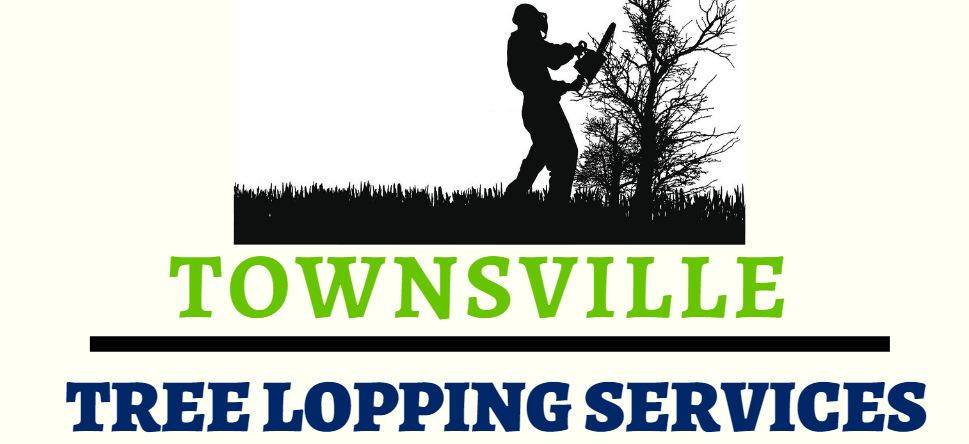Written by Admin and published on https://willowtreeservice.com/.
Pear trellis rust is caused by the fungus Gymnosporangium sabinae. It was introduced into the United States from Europe in the 1990s and has been progressively spreading through states in both the East and West. The disease affects common pear, callery pear, and several species of juniper/eastern red cedar.
For the disease to complete development, both pear and juniper are needed. In early spring, round and orange gelatinous galls will form on juniper twigs during cool, moist conditions. Spores are produced on these galls, which are then disseminated to pears by wind and rain. Impacted pear trees will display conspicuous yellow to orange leafspots and spindle-shaped lesions on petioles and twigs. By late summer, fruiting structures resembling trellises will have formed on the undersides of diseased leaf tissue and on lesions on petioles and twigs. Spores from these fruiting structures will then further disseminate by wind and rain to juniper where infection occurs on twigs and shoots of these trees.
Table of Contents
Pear Trellis Rust: A Damaging Pathogen To A Common Tree
The white flowers of ornamental pear trees are one of the unmistakable signs of spring. Ornamental pear trees are often found in our area due in large part to their spring flowers and fall color. However, in the last few years, many pear trees have been damaged by a fungal pathogen called pear trellis rust. Thankfully, Willow Tree Service offers treatments that help to control this damaging fungus.
Orange Spots on Leaves and Loss of Leaves are the Two Most Obvious Symptoms of Pear Trellis Rust
Our clients usually first notice a problem when their pear trees start dropping leaves in the middle of the year. Upon closer inspection, they notice red, orange, and yellow spots on the leaves. The pathogen can also cause fruit and twigs to be damaged and fall. Sometimes the amount of defoliation can be quite significant. The tree can usually recover from this first attack, but frequent attacks can weaken the tree over time.
Treatments and Cultural Practices Can Help Control and Minimize Pear Trellis Rust Damage
Fungicide sprays and systemic trunk injections are the two main ways Willow Tree Service treats for this fungal disease. A series of sprays in spring as leaves emerge help control the disease, while a systemic injection in early fall can help provide additional support for the following spring.
In addition to treatments, there are a couple of other things homeowners can do to help minimize the damage.
- Remove all infected leaves, fruit, and twigs from the property. The spores for the disease are found in this debris, so removing them helps prevent additional infection.
- Remove or do not plant juniper trees and bushes. Pear trellis rust needs junipers as a second host to complete its life cycle. Unfortunately, junipers are very common throughout the landscape and the spores can travel from neighboring properties, but we have had clients who were able to control the disease by removing the alternate juniper host.

Call Willow Tree Service for you FREE Evaluation
One of our ISA certified arborists would be happy to walk your property and examine the health of your pear trees, as well as the rest of the trees and shrubs on your property. If you are unsure of whether you have this fungal problem, the best time to have us check your trees is after they have leafed out to see if we can see any sign of the telltale rust circles on the leaves.
Original post https://willowtreeservice.com/pear-trellis-rust-treatment/.
